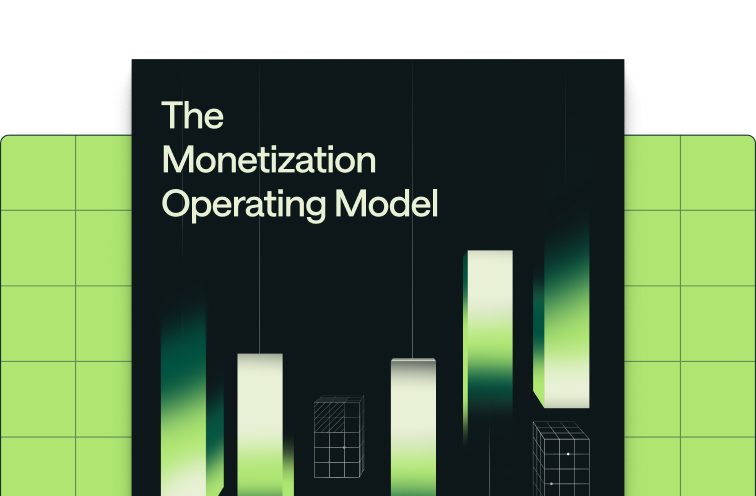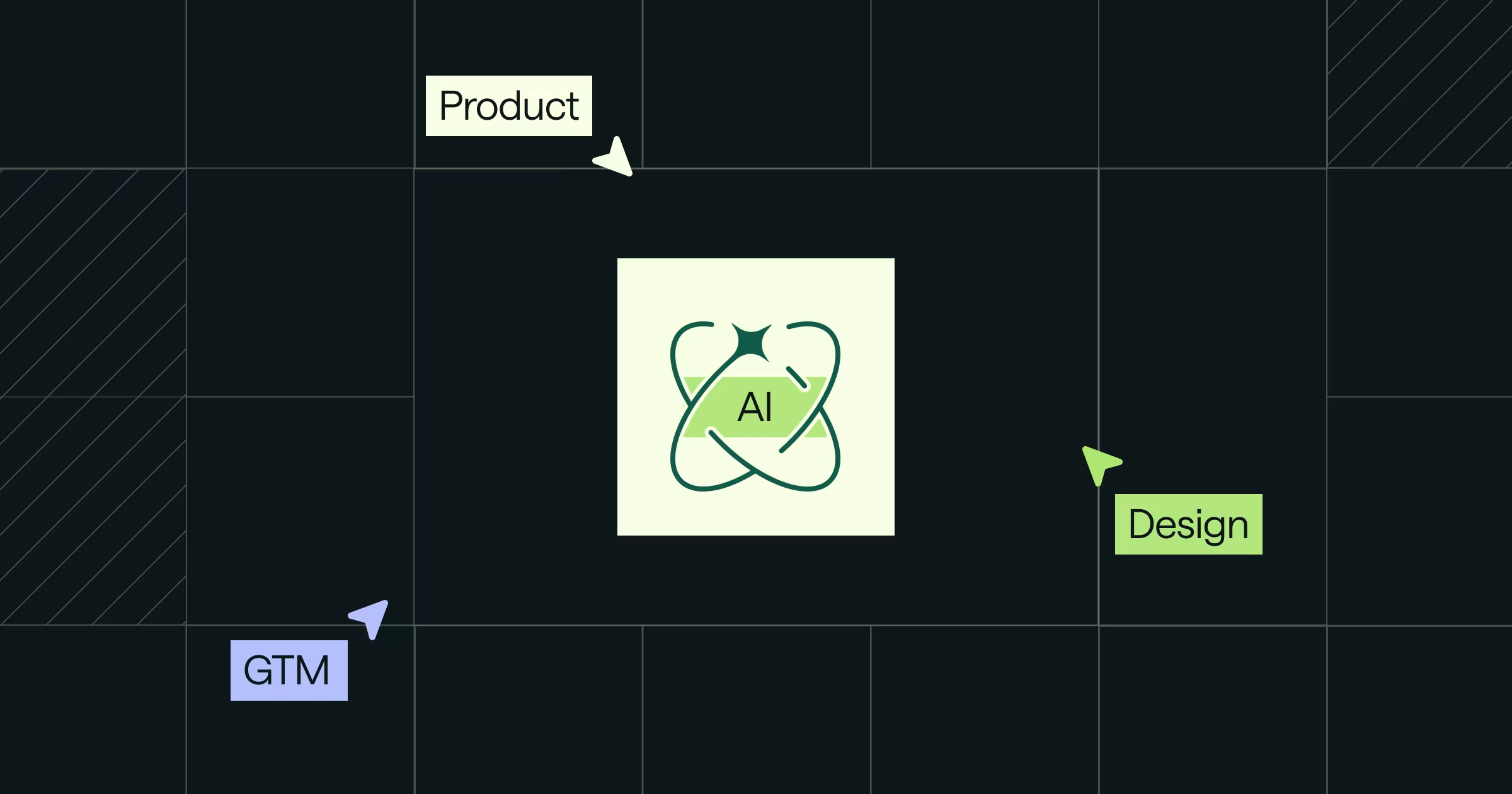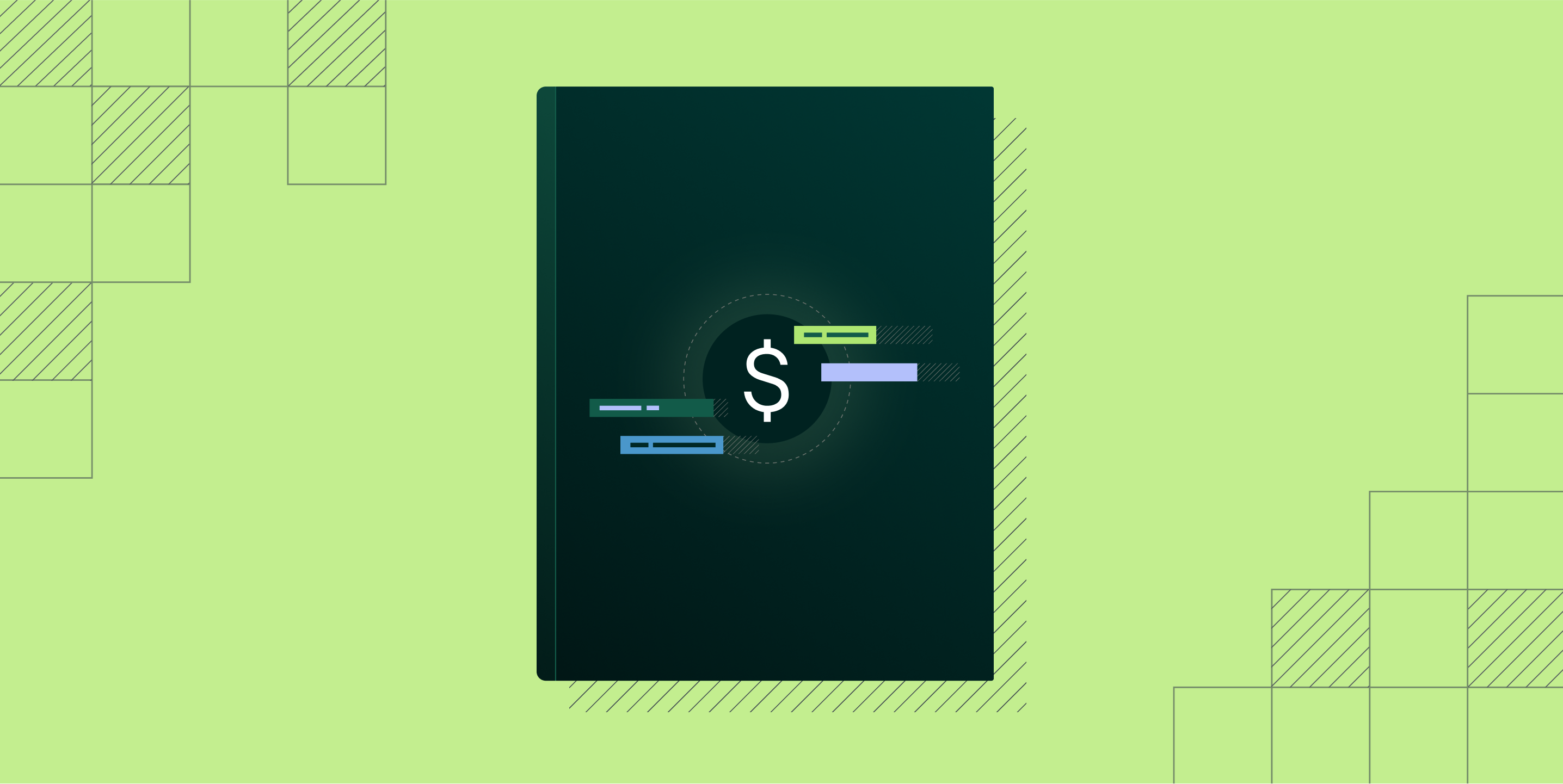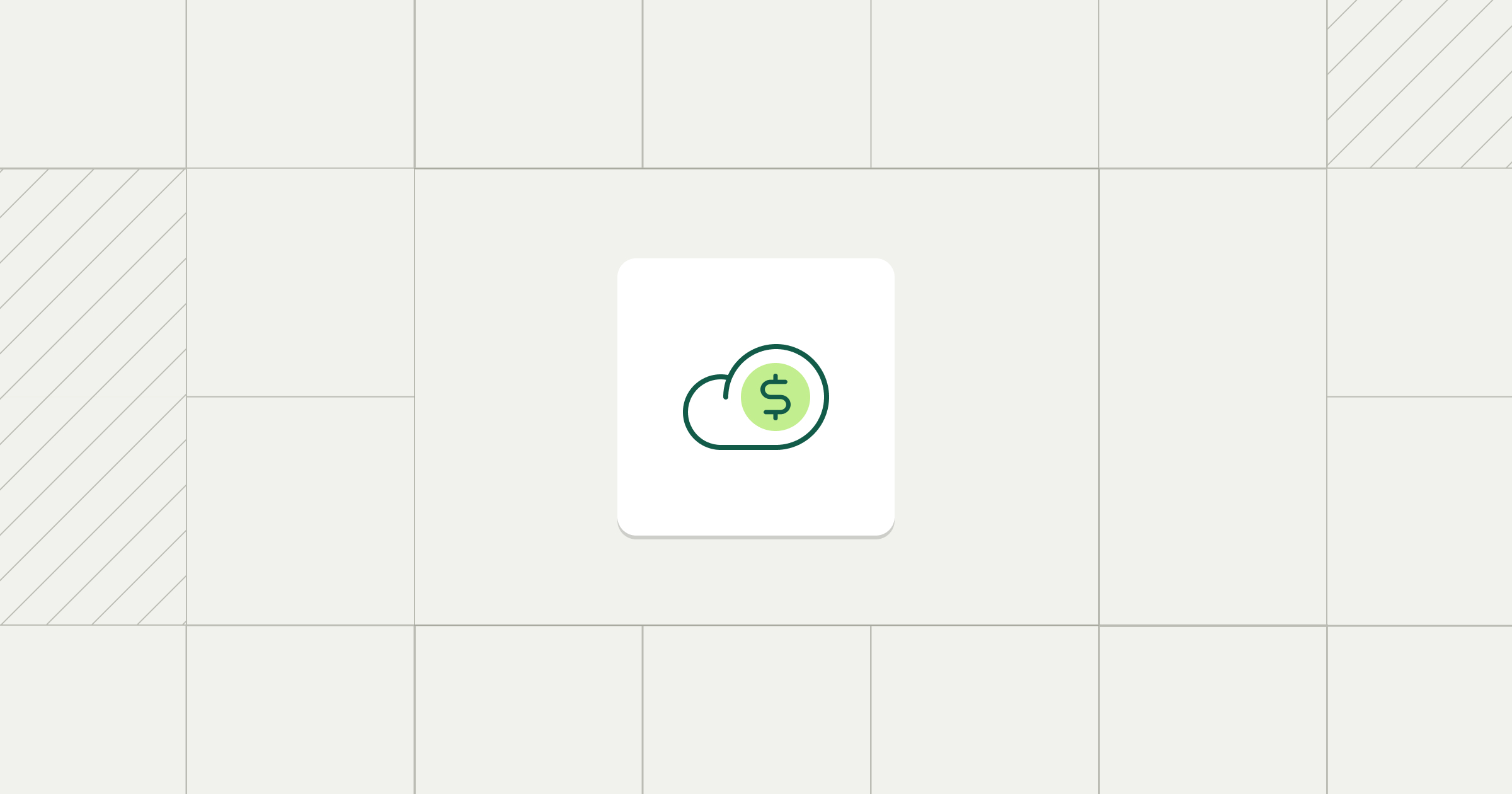Share
It’s the coziest time of the year - when holiday music takes over our radios, temperatures drop, and we bundle up in our favorite winter gear. Hope you’re staying warm and ready to dive into November’s product updates.
What’s new
New credit usage alert
For customers with a credit model, our new alert for low remaining credit allows you to trigger an alert if a customer’s total active credit balance goes below your set percentage threshold.
For self-serve motions, create automated marketing campaigns to drive new credit purchases. For enterprise motions, notify sales and success to identify upsell and renewal opportunities. For more details, see our docs here.
In addition to this alert type, Metronome supports alerting on low credit balance reached, spend threshold reached, and low remaining days in plan.

Expanded composite charge support for minimums
Composite charges now support modeling percentage-based and minimum charges. As a refresher, composite charges are charges that are a function of other charges. In this new release, you can now model charge, product, or product group minimums.
For example, if you have a usage-based charge that you’d like to set a minimum monthly charge of $100, you can create a minimum and point it at that charge. If usage of the charge is $80 at the end of the month, the minimum charge will be $20 to ensure the $100 minimum monthly charge is met. See our docs here.
Fixes and improvements
APIs:
- Get usage with paginated groups. This new usage endpoint allows clients to page through usage with no restrictions on how many group values there are. See our docs here.
Business model support:
- Use block pricing. We define block pricing as usage-based charges that are grouped into blocks of a fixed quantity. For example, if you charge customers per 1,000 events, once they use 1,001 events, they’d need to buy the next 1000 events. See our docs here.
Usability
- Moved from a card view to a table view of billable metrics. This increases usability for customers with a large number of billable metrics.

- Renamed the Overview tab to Customers in the Metronome UI to be more intuitive.
Infrastructure
- Fix a subtle misconfiguration of database connections, leading to much more consistent performance when fetching usage, costs, and draft invoices.
Get in touch
Enjoying our changelog? Have feedback on how we can improve it? We’d love to hear from you! To learn more about these features, get in touch with us here or reach out to your Growth representative.












